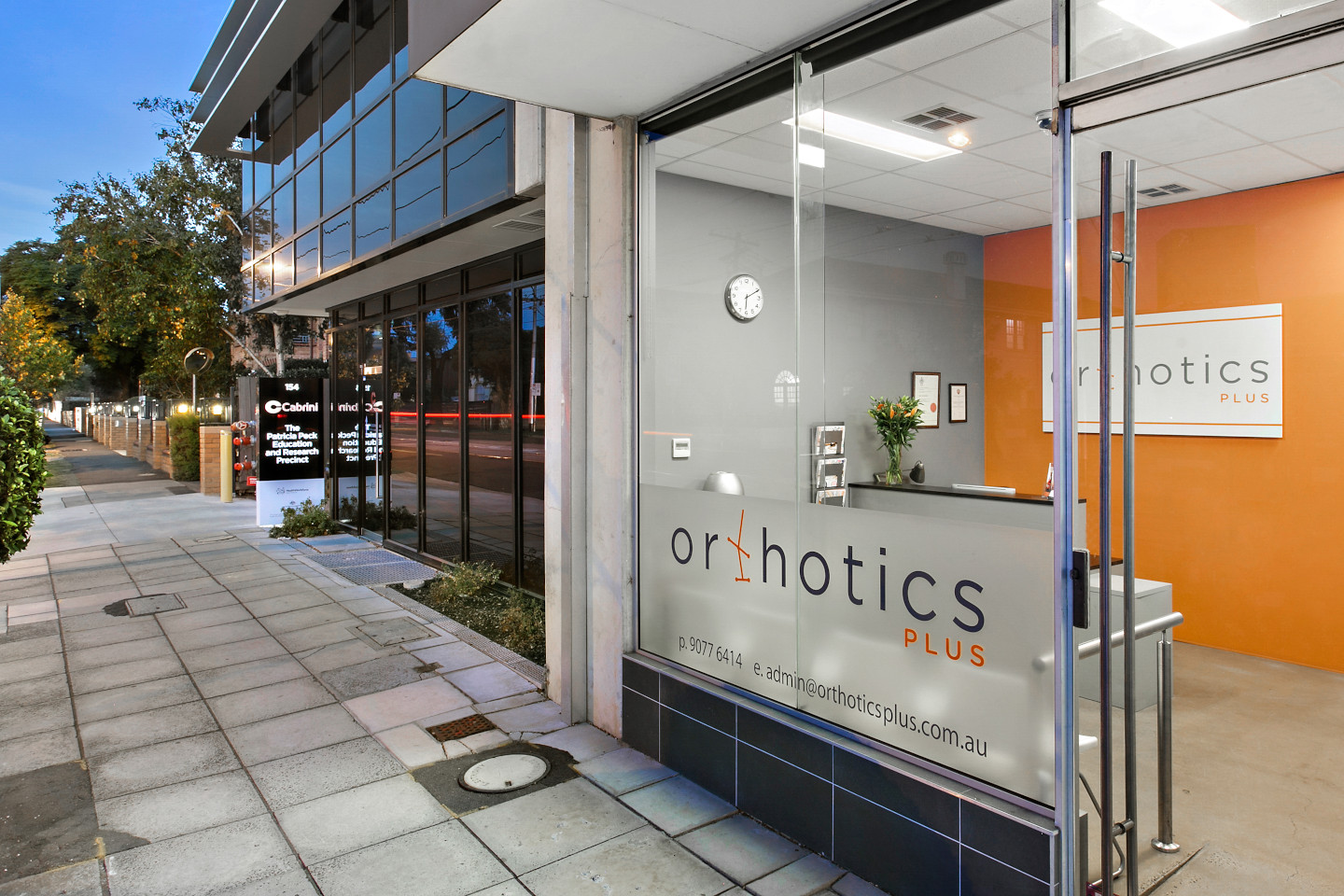Syndesmosis Injury
A syndesmosis injury, commonly referred to as a high ankle sprain, occurs when the structures connecting the tibia and fibula bones in the ankle joint are torn/stretched. These ligaments play a crucial role in maintaining the proper alignment of the bones and facilitating smooth ankle movement.
The specific ligaments involved in this injury are the anterior inferior talofibular ligament, the tibiofibular ligament, the posterior inferior tibiofibular ligament, and the interosseous ligament. When any of these ligaments are damaged, there is a risk of widening between the tibia and fibula, leading to instability in the ankle joint. Consequently, the condition can become chronic and pose long-term issues.
Treatment for this type of injury is available at all Orthotics Plus locations.
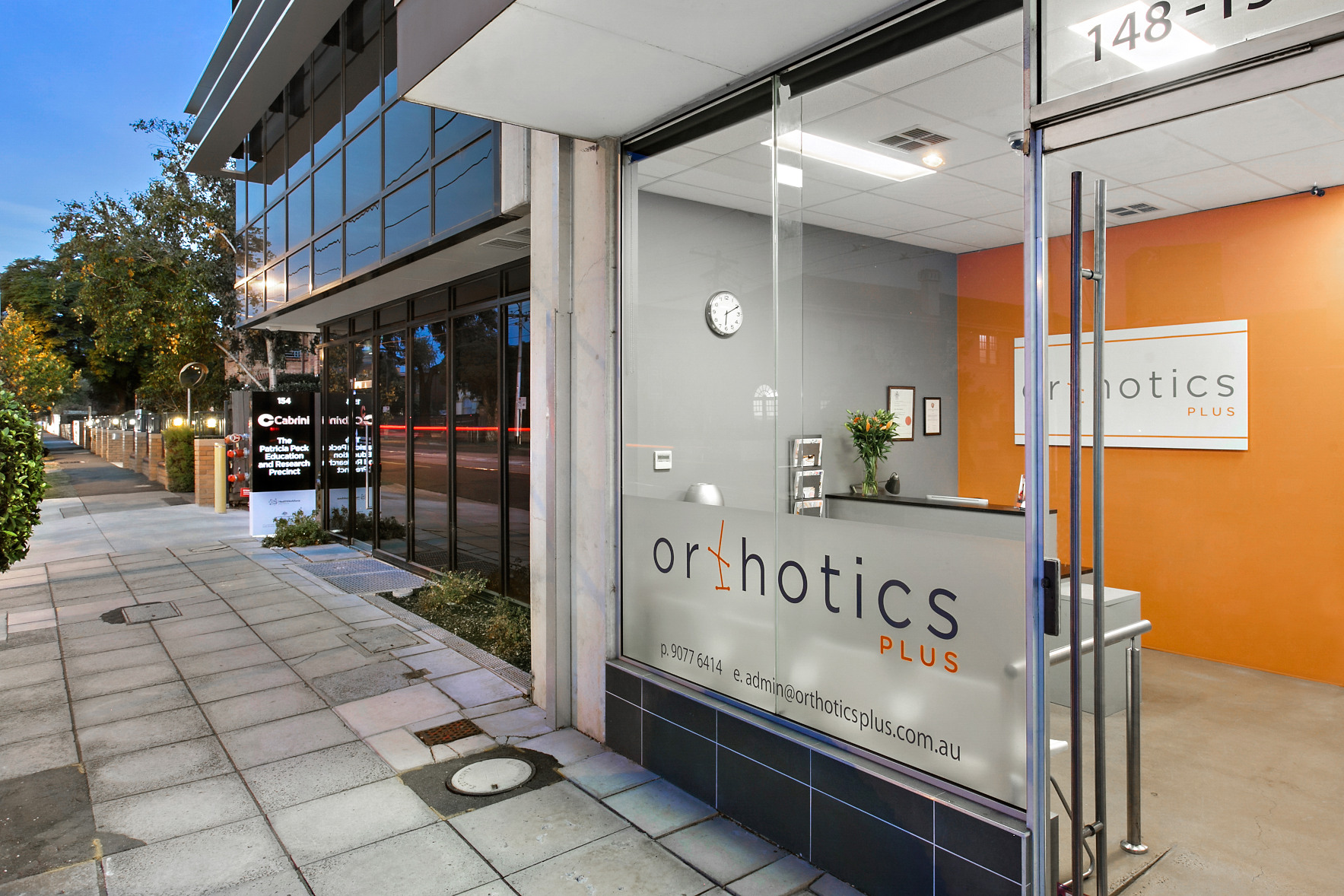
Symptoms of a Syndesmosis Injury
As mentioned, a syndesmosis injury involves the ligaments in the ankle, and depending on the mechanism of injury, can also be linked with an ankle fracture. However, the symptoms are generally
- Pain on the side of the ankle/above it
- Swelling
- Bruising
- Difficulty walking and weight bearing
- Pain with specific movements
- Stiffness
Sometimes, it can be mistaken for a low ankle sprain, which would be an incorrect diagnosis.
Unlike a standard ankle sprain, this type of injury is more painful and may require different rehabilitation protocols.
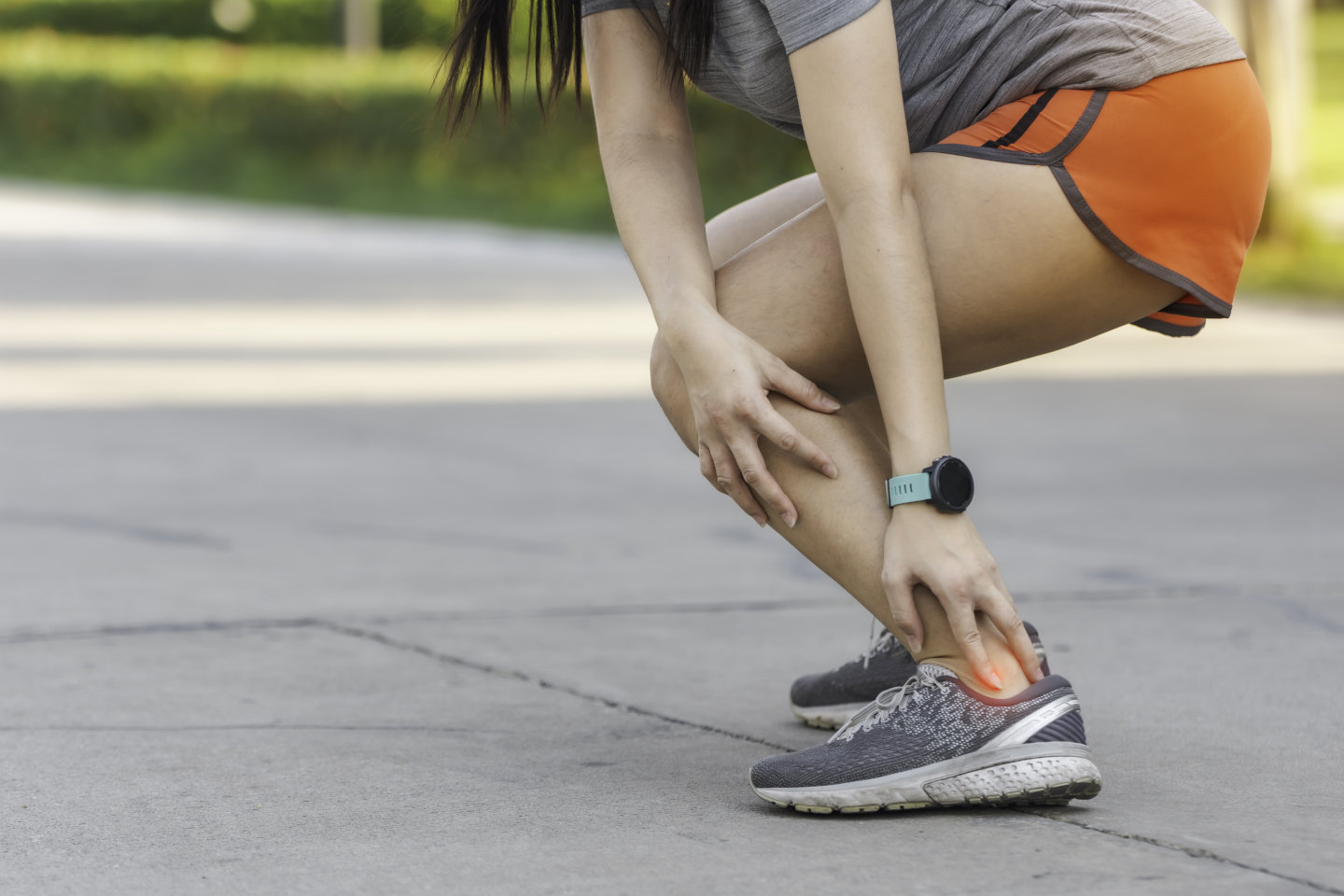
Characteristics Of a Syndesmosis Injury
To accurately diagnose a syndesmosis injury, an MRI or weight-bearing CT scan is often required to visualise any widening between the tibia and fibula at the ankle joint. However, there are other ways to identify it without imaging tests.
One crucial aspect is understanding the specific mechanism of injury. This injury typically occurs due to external rotation at the ankle combined with dorsiflexion, causing the talus bone to push up and widen the gap between the tibia and fibula.
Several specific tests aid in diagnosing a syndesmosis injury. The Hopkins test (casually referred to as a ‘squeeze’ test), involves applying pressure on both sides of the tibia and fibula just below the knee. Another test involves slightly replicating the injury mechanism by performing an external rotation stress test with dorsiflexion.
Most often, syndesmosis injuries occur in sporting activities when the foot is planted, and there’s a forceful impact on the outside of the knee, causing the individual to fall forward and rotate. This action generates significant force, leading to injury, especially when the foot remains fixed on the ground during rotation and forward movement into dorsiflexion.
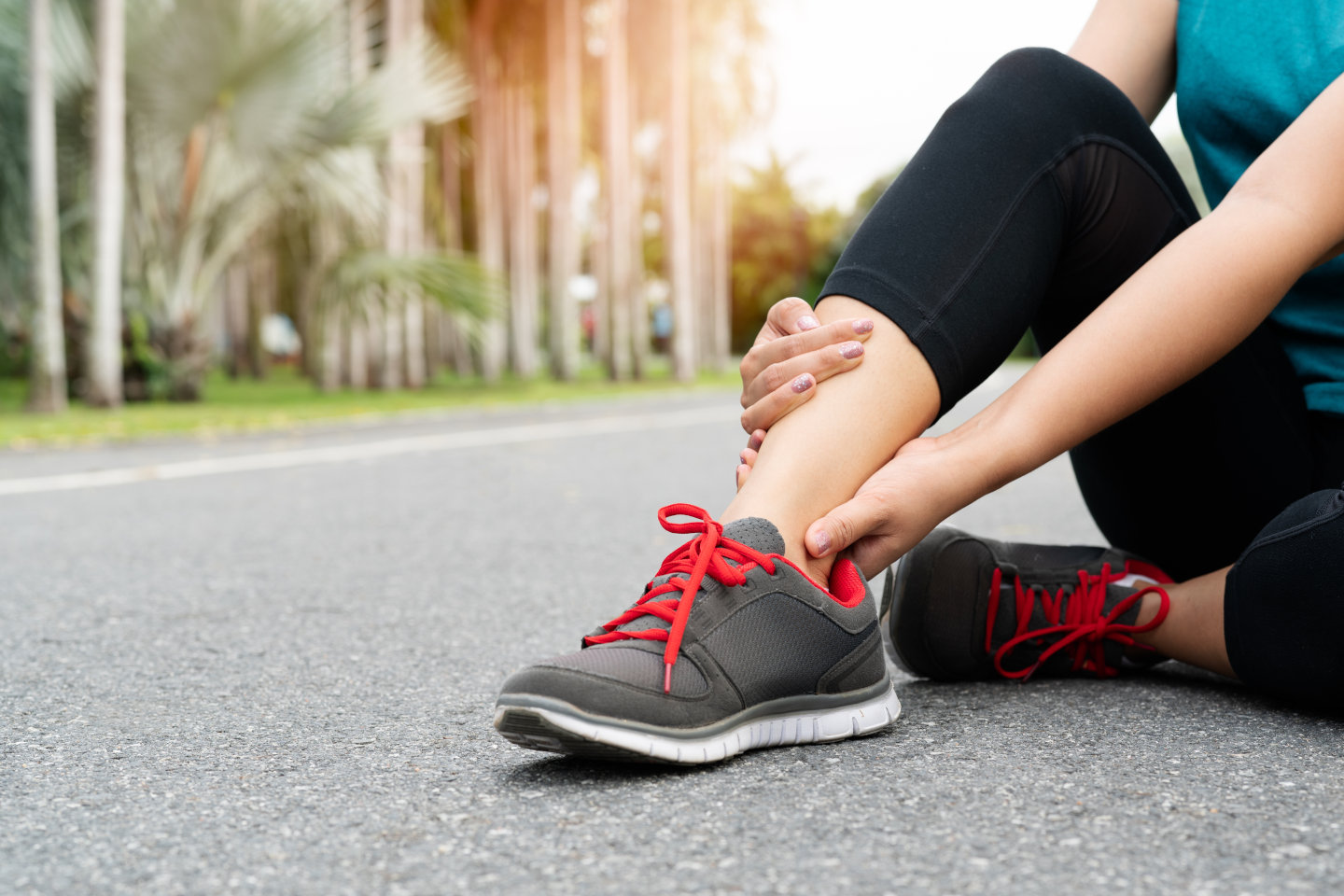
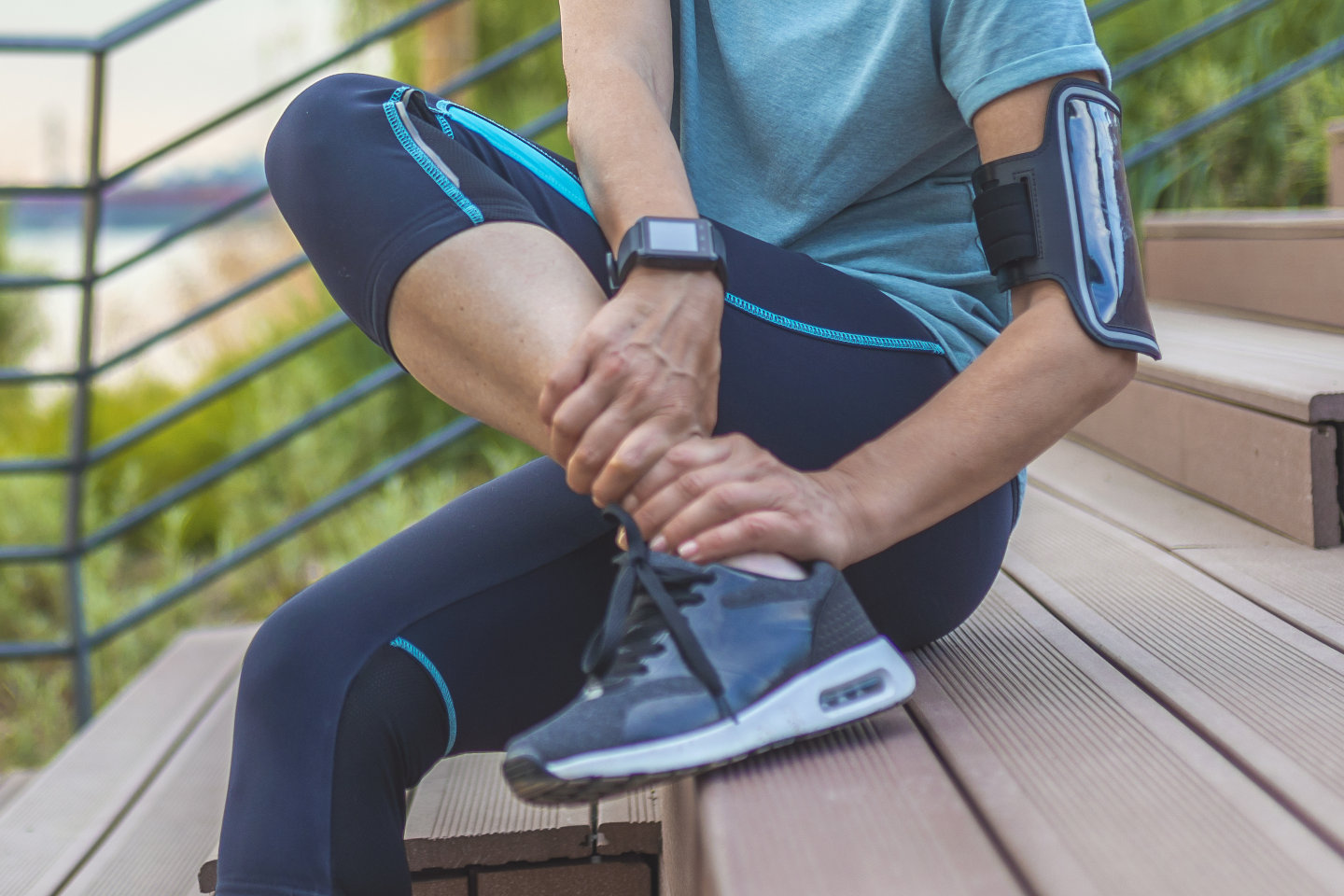
Referral Process for Syndesmosis Treatment
Patients often visit their physiotherapist, assuming they have a standard ankle sprain from a lateral ligament injury. However, when the physiotherapist suspects something more serious they might recommend scans or refer the patient to an orthopedic surgeon for further evaluation.
Depending on the severity of the injury, the patient might be referred to an Orthotist for conservative management or, in some cases, surgery may be necessary, and our Orthotist will see them post-operation based on the orthopedic surgeon’s referral.
As part of the assessment process, our caring Orthotists need to ensure that nothing has been overlooked. Sometimes, patients are referred for a standard lateral ligament injury, and they receive treatment like wearing a moon boot, which is common for such injuries. However, if it is re-diagnosed to be a syndesmosis injury, we will likely refer the patient to an orthopedic surgeon for holistic management.
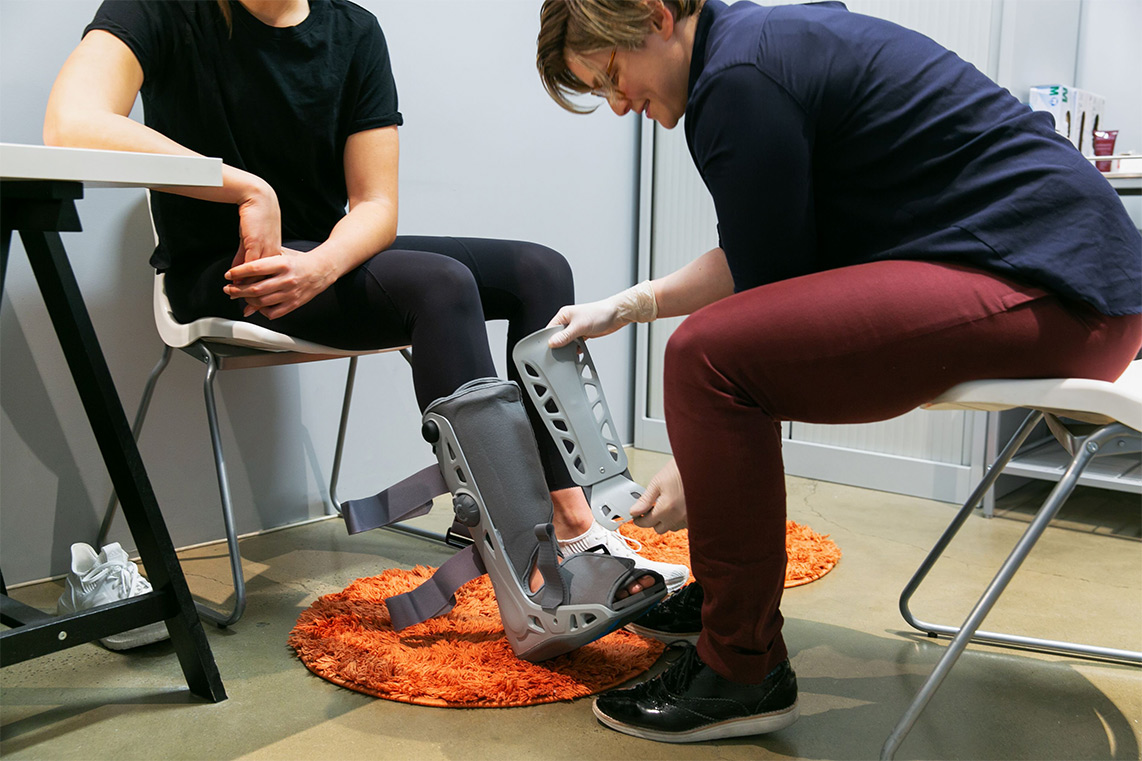
Treatment of Syndesmosis Injuries
There are virtually no differences in treatment between post-surgical and non-surgical cases.
During either, we would typically use a well-supported moon boot/cam walker. However, in a syndesmosis injury, the patient might need to be non-weight bearing for a period, while in a lateral ligament injury, weight-bearing might be possible.
Regardless of the approach, our main focus is to ensure a well-fitting boot for the patient. A pneumatic boot is the best option for controlling swelling and providing better medial-lateral stability, which is particularly crucial in this type of injury.
These pneumatic boots use inflatable bladders to gently push the tibia and fibula together, providing pain relief, support and compression.
In this kind of injury, using pneumatic boots is typically preferred. While it might be excessive for other standard injuries, it is precisely what is recommended for this condition.
When fitting the boot to someone’s limb, we primarily consider the foot length, followed by the width of the foot and ankle. Ensuring the correct boot size is essential, as an improper fit can lead to complications.
We provide patients with appropriate instructions on how to fit the boot properly, including securing the straps firmly and using the liner’s pump correctly. Reinforcing the treatment protocol, such as weight-bearing status, nighttime wear, or removing the boot for showers, is also part of the process.
The average duration for wearing the moon boot is typically between four and six weeks. After that, some patients may transition to a lace-up ankle brace or ASO brace, particularly when returning to sports activities.
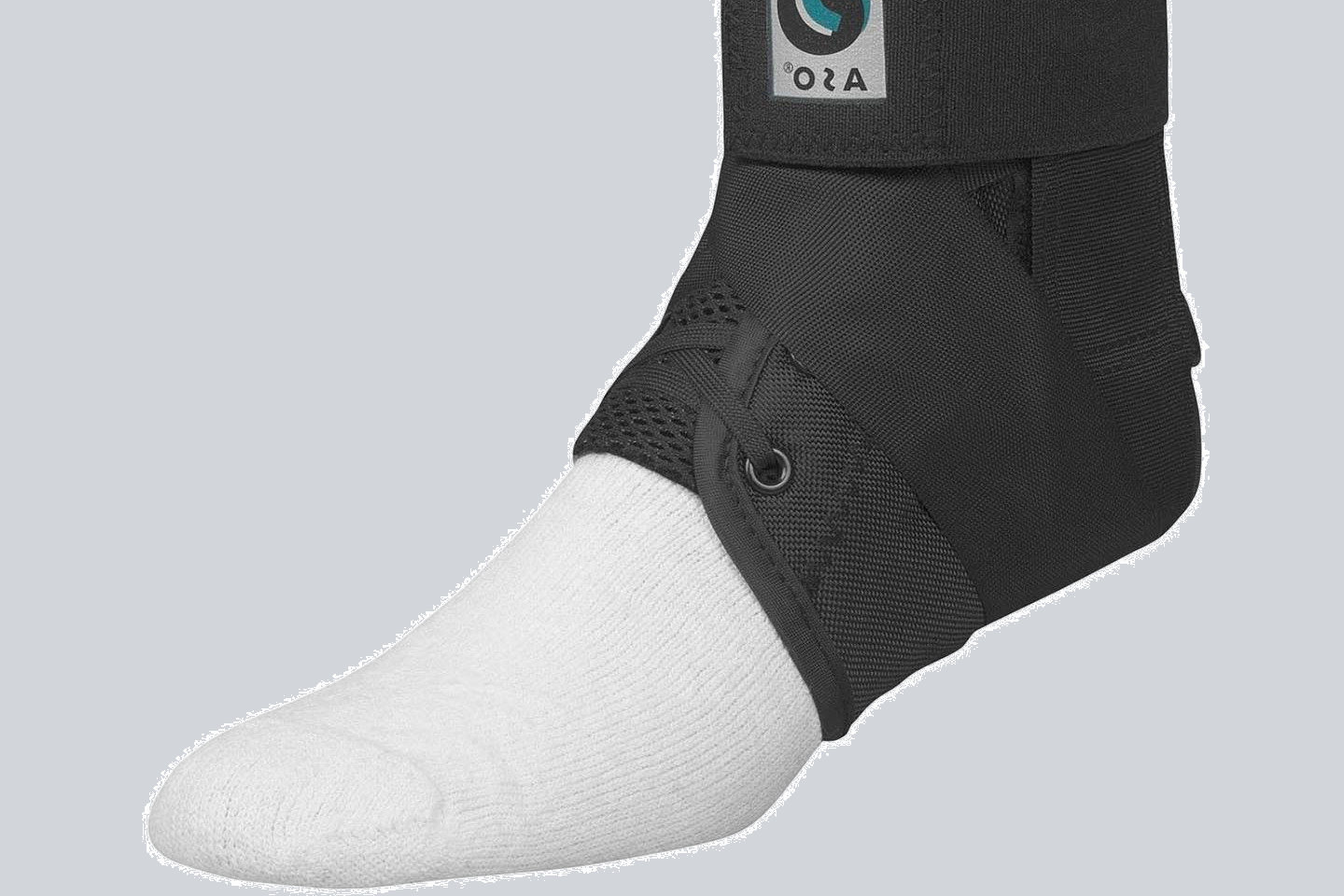
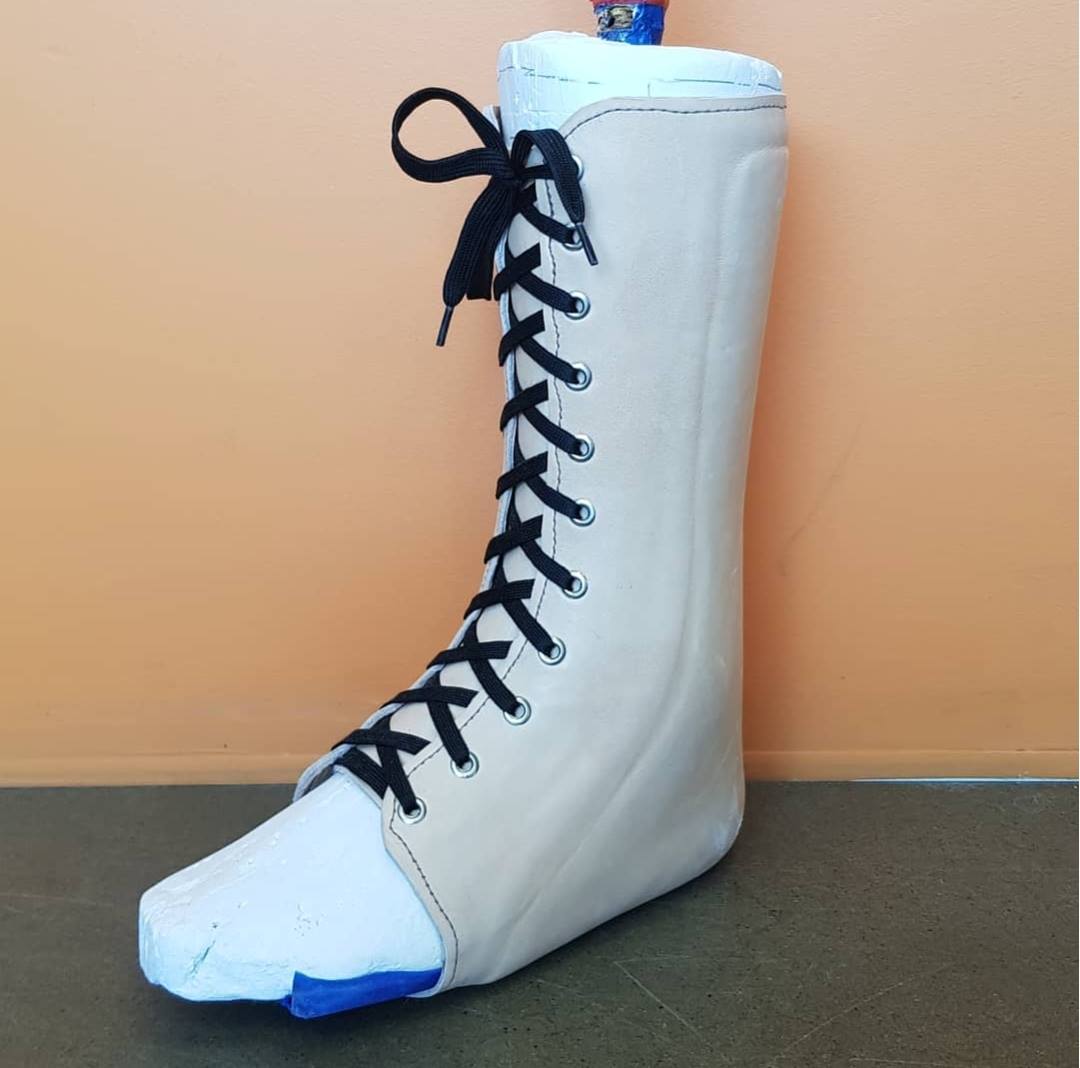
Practical Advice
We encourage people to obtain the correct diagnosis as early as possible. If you have sustained an ankle sprain, or worse, get it looked at ASAP. Early diagnosis is beneficial for recovery.
Once you have a diagnosis, it’s important to follow all instructions for using the moon boot. Make sure the boot is firm and that your heel is all the way to the back. The air pressure should be sufficient to provide good contact for the ankle. And of course, follow all other protocol instructions.
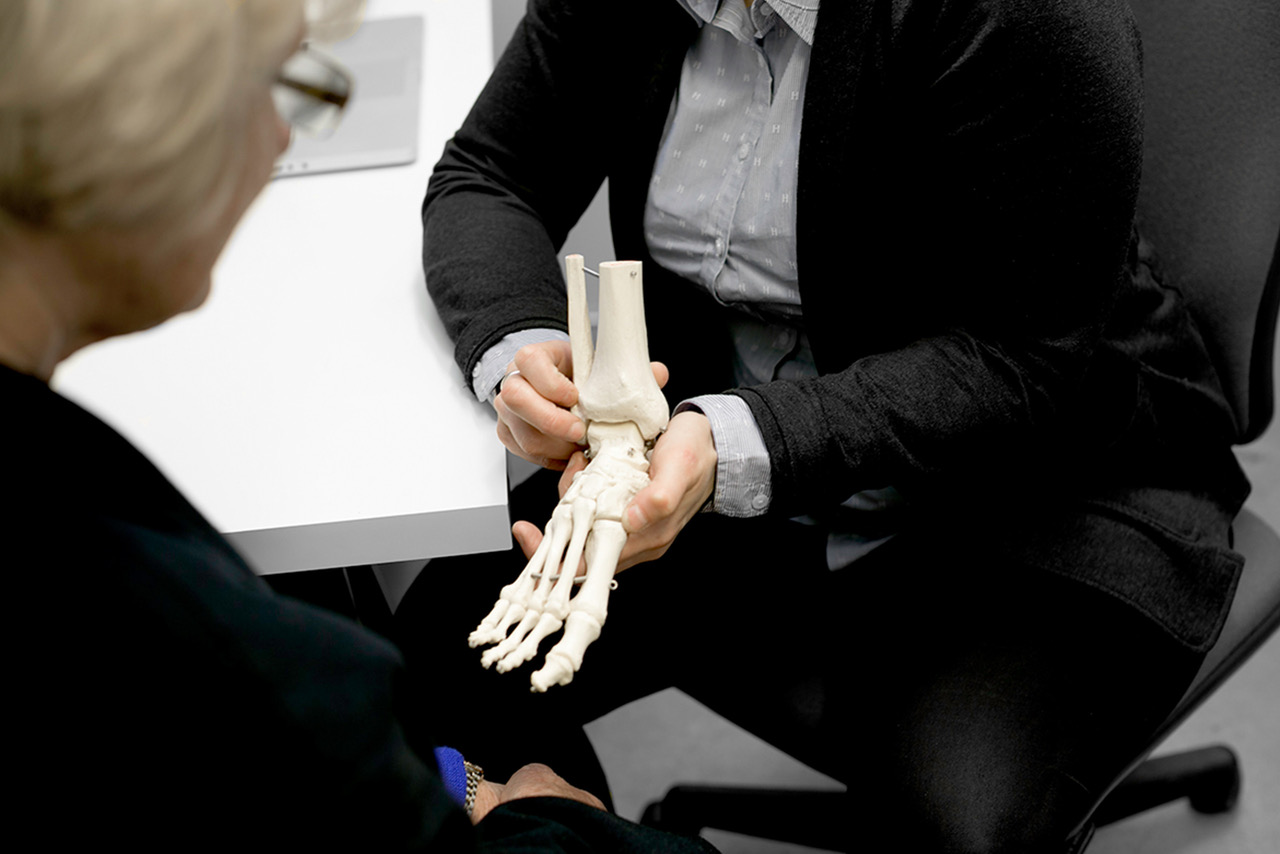
Book an Ankle Assessment at Orthotics Plus Today
After organising emergency support, you are welcome to contact Orthotics Plus.
We are trained Allied health professionals and look forward to providing you with professional care.
- We have multiple clinics throughout Melbourne
- We stock moon-boots at our clinics – leave with a device on the same day
- We prioritise urgent cases where necessary
- We can work alongside your physio and surgeon as required
To get started, please use our clinic locations page.
Contact Us Call (03) 9077 6414
